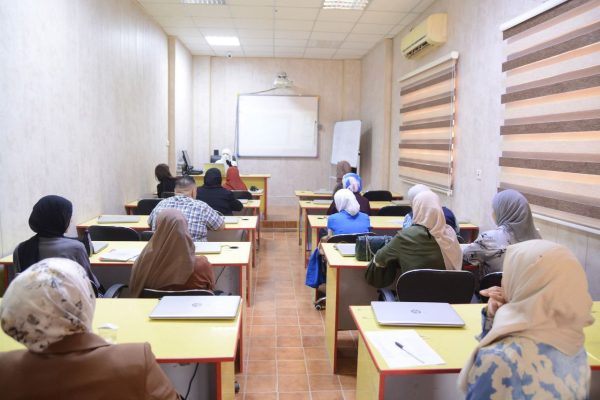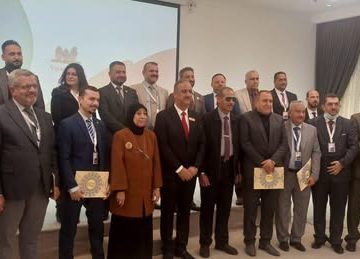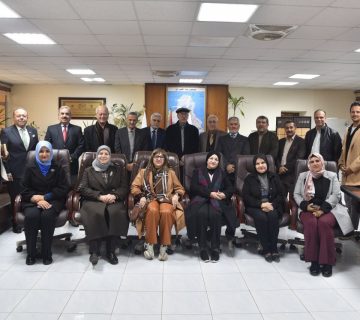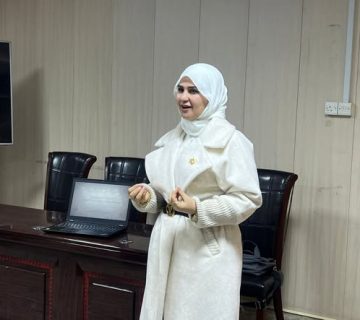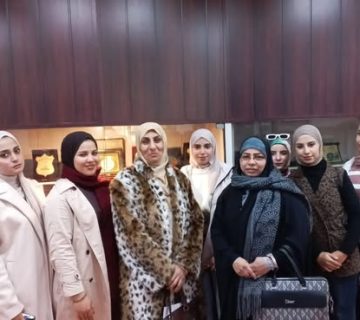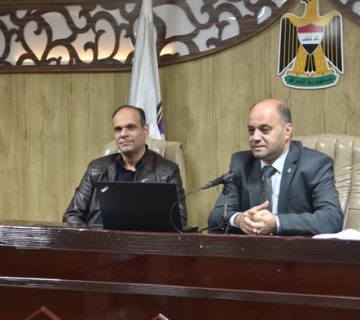Under the patronage of the Dean of the College of Science for Women, Professor Dr. Sameera Naji Khdim, the Quality Assurance and Performance Evaluation Division organized a workshop entitled Occupational Health and Safety for Laboratory Workers. The workshop was presented by Dr. Amer Jaafar Sadiq, Ms. Iman Adnan Mohammed, and Ms. Shaimaa Mohammed Abbas, and was attended by a number of staff members and students of the college.
The workshop aimed to shed light on occupational health and safety, which refers to a set of procedures and policies designed to protect workers from accidents, injuries, and occupational diseases, as well as to provide a safe and hazard-free working environment.
The workshop outlined the main objectives of occupational health and safety, most notably: protecting human resources from injuries resulting from workplace hazards; preserving physical assets such as laboratories and their equipment from damage or loss due to accidents; and implementing all occupational safety and health requirements based on a scientific approach.
Furthermore, the workshop addressed laboratory hazards—specifically injuries occurring during scientific experiments. It emphasized that workplace incidents are classified based on the nature of the injury.
The workshop also identified various categories of hazards, including chemical, biological, physical, engineering, and psychological risks. Each category of hazard was discussed in detail, with an explanation of how to respond appropriately and apply safety measures. These include administering first aid, using or adhering to personal protective equipment (PPE), and responding effectively in the event of a laboratory accident. For instance, this involves controlling sources of danger such as disconnecting electricity and shutting off gas valves, rescuing the injured by providing first aid, seeking assistance, contacting emergency services as needed, and cleaning the accident area.
In cases of burns, if the skin is not severely damaged, cooling the burn with water is recommended. However, if the skin is destroyed or missing, water must not be used at all. In all cases, the hazard source should be isolated until it is repaired. Moreover, participants should be asked about how the incident occurred, and evidence should be gathered to determine the cause and severity of the injury.
In conclusion, the workshop emphasized the importance of safety and security for all individuals working in laboratory environments.

